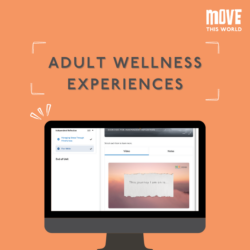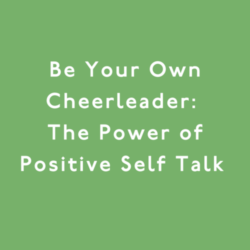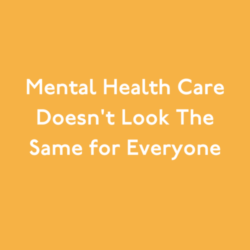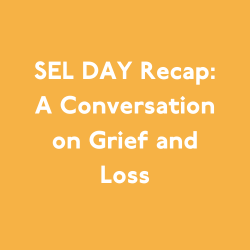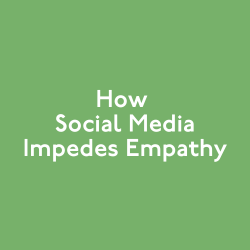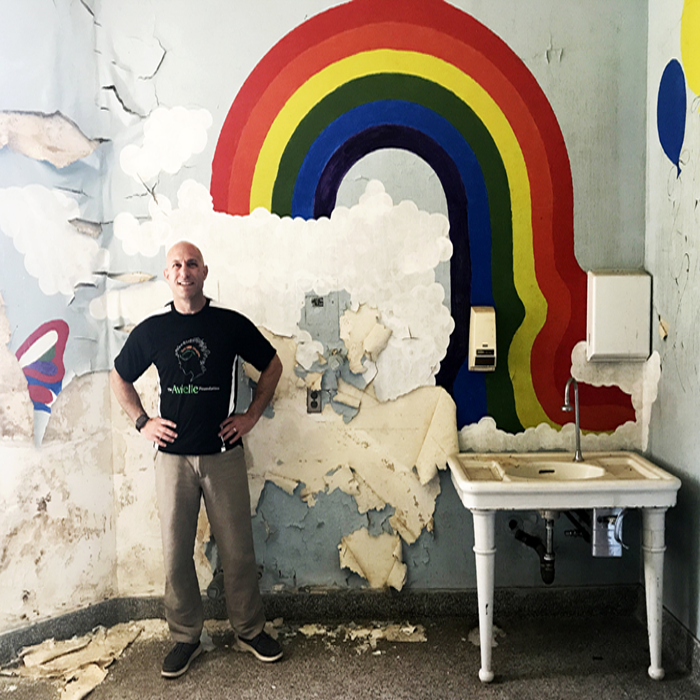
Photograph by Lynn Johnson
This is part two of our series on Brain Health based off an interview with Jeremy Richman, a neuro-pharmacologist who runs a foundation dedicated to preventing violence and building compassion through brain health research, community engagement, and education. We sat down with him to talk about what he has learned in his time studying the brain, what we can do to educate students about brain health and how we can help empower them to advocate for themselves and their peers when it comes to brain health and brain illnesses. In this article, we will discuss the difference between the “risk factors” and “protective factors” related to brain health and the development of abnormal behaviors.
Dr. Richman talked to us about the importance of educating ourselves on how the brain functions and using what we already know to identify those that are exposed to certain risk factors. These risk factors have been correlated with abnormal behavior and brain diseases in the past. The more risk factors a person is exposed to in their environment, the more likely they are to develop abnormal behaviors. Some examples of risk factors correlated with aggressive or violent behaviors are Adverse Childhood Experiences (ACEs) including physical, sexual or psychological abuse. Other examples of ACEs include neglectful and dysfunctional households. Research has found that children who grow up in or are exposed to these ACEs live less satisfying lives and are more prone to “thrill-seeking”. These people also tend to be less physically healthy and are more likely to suffer from obesity, heart disease, cancer, broken bones, lung disease, and sexually transmitted diseases.
However, we know that these risk factors can be counterbalanced by “protective factors..” Dr. Richman explains, “on the other side of that equation there’s things in the environment that can move a person away from violence and towards compassion, kindness, connection and resilience. We call those protective factors.”
Dr. Richman says that just knowing that these experiences put you at risk for developing poor brain health can allow people to advocate for themselves and engage in behaviors that will serve as protective factors,
“If you understand you were the victim of abuse then you need to know that you’re at risk so that you can counterbalance it and build up your resilience in a way that protects you. There is lots of help for those people. There’s many examples of being able to [learn] protective factors like emotional intelligence, grit or self-mastery. We can call it whatever you want depending on if you’re in a boardroom or a classroom. This is an incrementally derived skill set, meaning you’re not born with it, you actually have to work at it and it starts with being able to set and achieve goals- very simple ones, you know. Being able to delay gratification. Being able to identify how you’re feeling, like naming and taming your emotions. Being able to recognize how your behavior affects and influences the way other people feel or behave. And that, believe it or not, predicts success in life more than academics.”
We know that developing these kinds of social emotional skills, such as identifying and managing your emotions, impulse control, and empathy take time and explicit exposure and practice to develop. In the next article of this series, we’ll go more in detail about the signs of poor brain health and what educators and family members can do to foster healthy environments where students are continually developing these crucial SEL skills.
Sign up for Move This World’s newsletter to stay up to date on social emotional learning.
Enter your email below!






